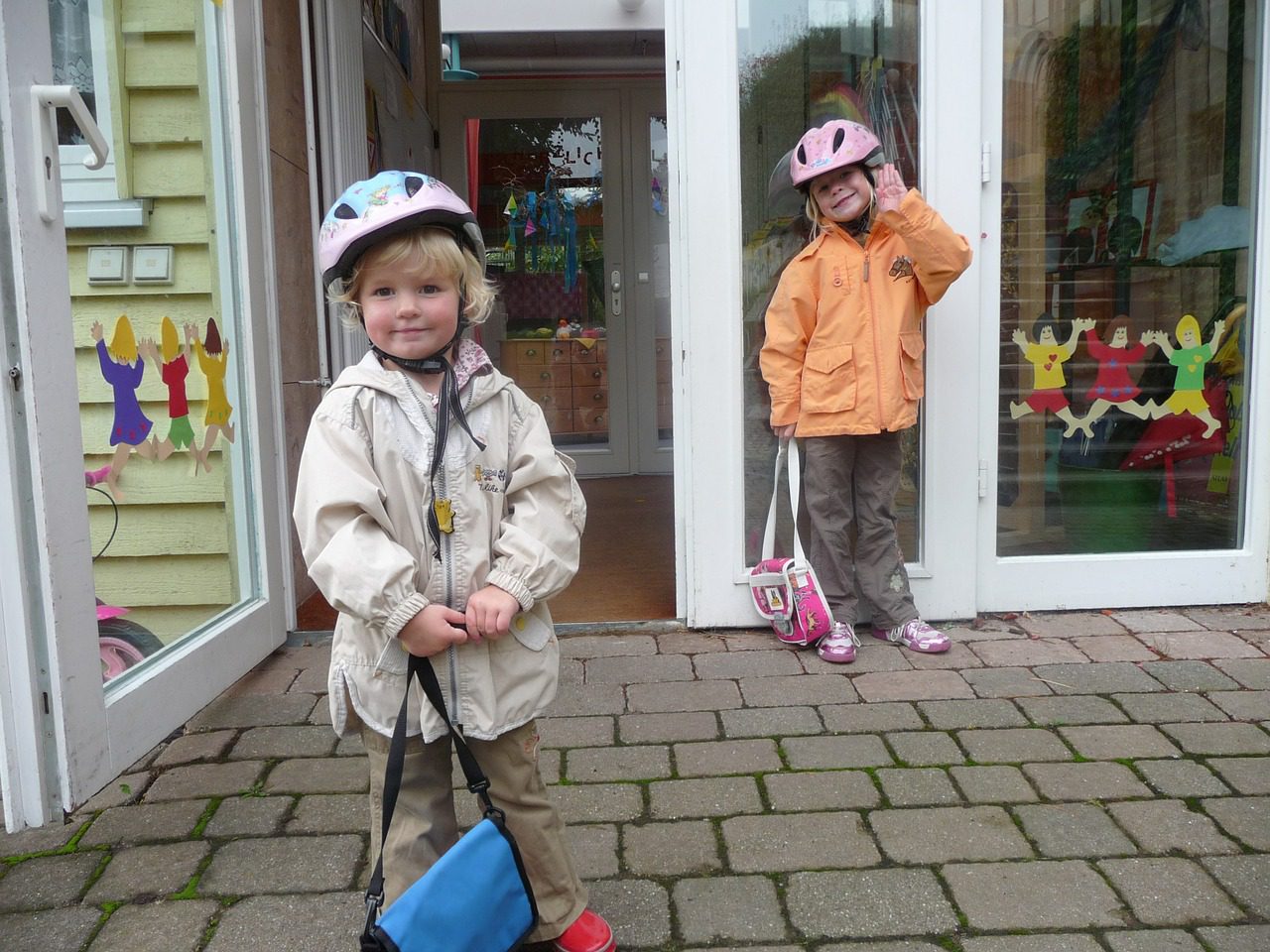“The concept of childhood, so vital to the traditional American way of life, is threatened with extinction in the society we have created. Today’s child has become the unwilling, unintended victim of overwhelming stress — the stress borne of rapid, bewildering social change and constantly rising expectations.” – Professor David Elkind in The Hurried Child (2001)
Stressful. That’s how the majority of these American students would describe their overall experience at high school. And as I listen to their stories, it’s easy to see why.
It’s late June and I am sitting in a hotel meeting room in downtown Helsinki with American and Finnish high school students. The group of 30 or so American teens comes from California and Georgia, and they’re visiting Finland on a school trip.
Along with a Finnish teacher, I’m facilitating a ‘student-exchange’ session where pupils from two different countries get to learn about each other’s experiences with schooling. The dialogue between the Finnish and American students fascinates me.
“It sounds like your whole life is planned out for you already,” says a blond Finnish girl, addressing her American peers. She smiles and then confesses, “I’m not even thinking about college yet. I’m like, ‘College? Wait, what is college?’”
The Finnish students appear to identify that many of their American peers are walking in lockstep formation through a series of pre-determined life stages:
Perform well in high school,
so you can get into your college of choice,
so you can get a good job (to pay off all of your student debt and buy a house),
so you can raise a family and live a happy life.
(Notice that the happy life part of this progression is supposed to come when you are a grownup.)
“Yeah, from the moment we enter high school we’re told everything matters for college”, one American teen says.
In an effort to get into their preferred colleges, several of these American students admit that they’ve loaded up on AP (advanced placement) courses. The idea is that these classes will make their transcripts much more attractive to prospective colleges. Also, if they score well on the final AP exams, they may qualify for college credits later on, which would potentially save them a lot of tuition dollars. (The Finns in the room are scratching their heads because nothing like AP courses exist in the Finnish system and tuition for college is paid by the government.)
According to these American students, not only is the workload of these AP classes very demanding for them, but there’s tremendous pressure to perform better than their classmates.
At their high school in California, students who take AP classes are given an individual ranking for each AP course, which is based on how well they perform on the course’s assessments. Although these rankings are not publicized, kids talk and news gets around about who’s at the top and who’s at the bottom. So, if you find yourself at the bottom and all of your classmates know about it, let’s just say that high school is not the happiest of places.
But the stress for many of these American high school students comes from several different sources, not just AP courses. To make themselves even more attractive to colleges, they’re advised to participate in extracurricular activities (like sports, the arts, etc.). Maintain a very high GPA. Do community service. Score well on the SATs. Max yourself out (okay, no one would advise you to do that, but this seems like the underlying message for many American high school students).
As these Californians teens describe the realities at their school, my Finnish colleague turns to me and whispers, “It’s a different world.”
The Americans in the room are amazed to hear that there’s just one series of standardized tests for Finnish high school students. This 163-year-old matriculation examination come at the end of high school. Students are required to take the exam in their native language, but can choose other subjects to be assessed in (like math, Swedish, geography, history, chemistry, etc.) They must take at least four exams, but can take more if they so choose.
These tests are very different from the standardized tests that American students are used to.
For one, students will find plenty of essay questions where students are asked to justify their answers. Americans would be surprised by the lack of multiple-choice questions.
These essay-heavy tests are not cheap to grade like the SATs and other American standardized tests (because, you know, computers can’t be hired to grade writing), but they do a much better job of measuring the understanding of students. Here are several writing prompts from the 2014 spring examination, provided by the Finnish scholar Dr. Pasi Sahlberg:
“Some politicians, athletes and other celebrities have publicly regretted and apologized for what they have said or done. Discuss the meaning of the apology and accepting it as a social and personal act.”
“Has your body become your hobby?”
“Media is competing for audiences – what are the consequences?”
“Choose three world religions and compare the role and use of a holy image within them.”
During the three-week examination period, students in Finland would have plenty of time to complete each individual test. In her book The Smartest Kids in the World, journalist Amanda Ripley writes that the Finnish language section of the examination stretches over the course of two days. On day one, students have six hours to analyze a few texts and write short essays about them. On day two, they would choose one topic out of fourteen possibilities and have another six hours to write one long essay.
Of course, Finnish students feel pressure to perform well on the matriculation examination (they have to pass at least four of the tests to graduate from high school) but there’s plenty of time to prepare for them. My wife had more than a month without classes just to study on her own.
After graduating from high school, it’s common for Finnish young people to take a gap-year before pursuing a degree in higher education whereas it’s somewhat rare to find Americans who decide not to go straight from high school to college. (Many Finns travel abroad during their gap-years, exploring the world on a budget or working a job in another country.)
And when Finnish young people do start their college degrees, they don’t seem particularly eager to finish right away. On my first day as a teacher in Finland, I met two Finnish colleagues who took about ten years to complete their bachelor and master’s degrees in teaching. When I share this anecdote with the American high school students in the room, their eyes bulge.
Yes, my American friends, it truly is a different world here in Finland.
***
Tim Walker is an American teacher and writer based in Finland. He writes regularly about education and culture at Taught by Finland.
Follow Taught by Finland on Facebook—and receive updates about Tim’s forthcoming book!
This post was originally published on June 25, 2015. Thanks for reading and sharing!




1 Comment
This article makes me want to cry, because it corrects most of the wrongs in our schooling. there’s SO MUCH stress that you literally don’t feel any joy whatsoever throughout the whole experience – but you’re promised that (elusive) joy at the end: “when you get a job, you’ll be happy”. But by the time a person is 21ish (give or take) and they’ve NEVER experienced joy EVER, it’s almost like you don’t know how to feel happiness or excitement or passion any more.
And now they’re starting us in pre-school because we’re not productive enough or smart enough or performing as well. it’s criminal.
Homeschooling is the best i can think of, and I’ll be doing it – but even still I fear that my own demands and expectations will drain the fun out of their home education. I don’t know how to live or teach with joy…. but I know how to live my boys, and how to try my best. I love your articles, Tim, I learn from them and they’re inspiring. Your wife has a beautiful cultural heritage, and a good head on her shoulders.
Melanie H.